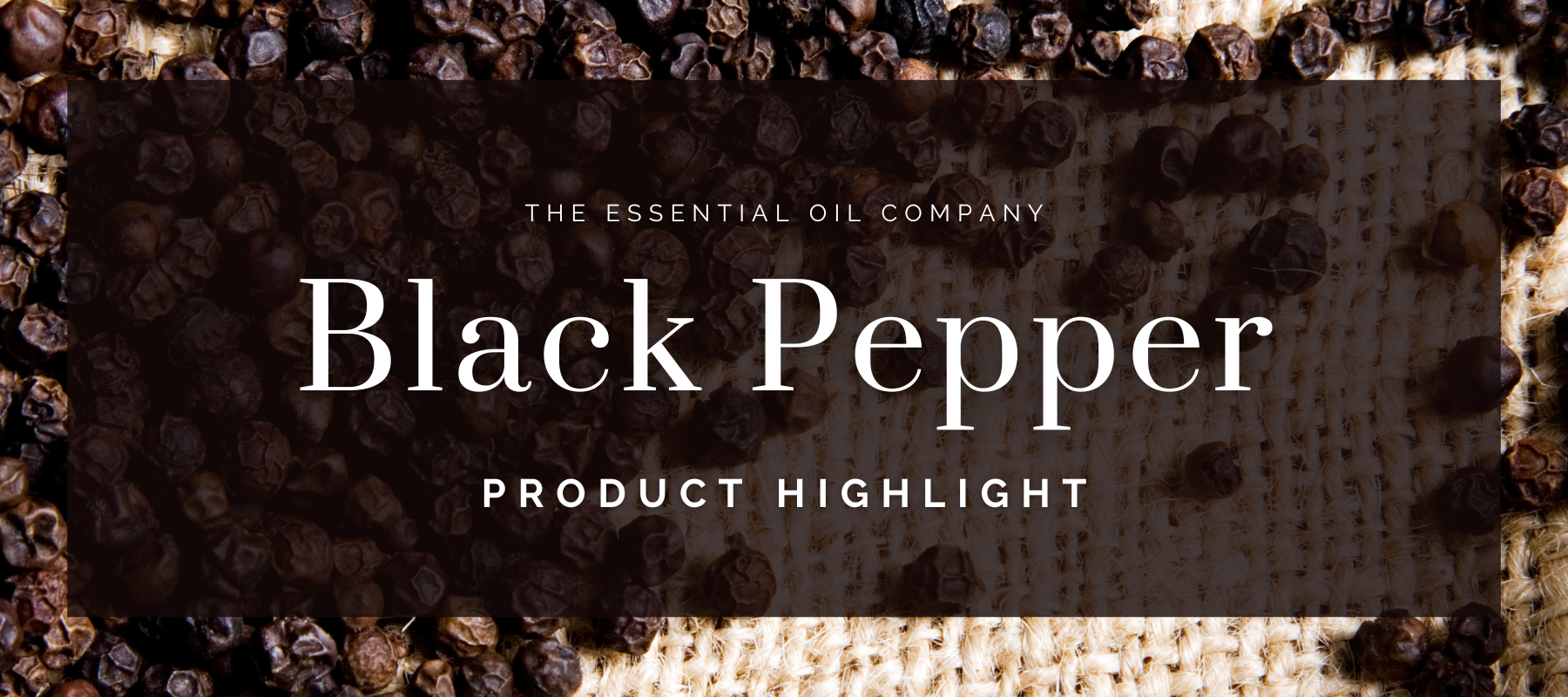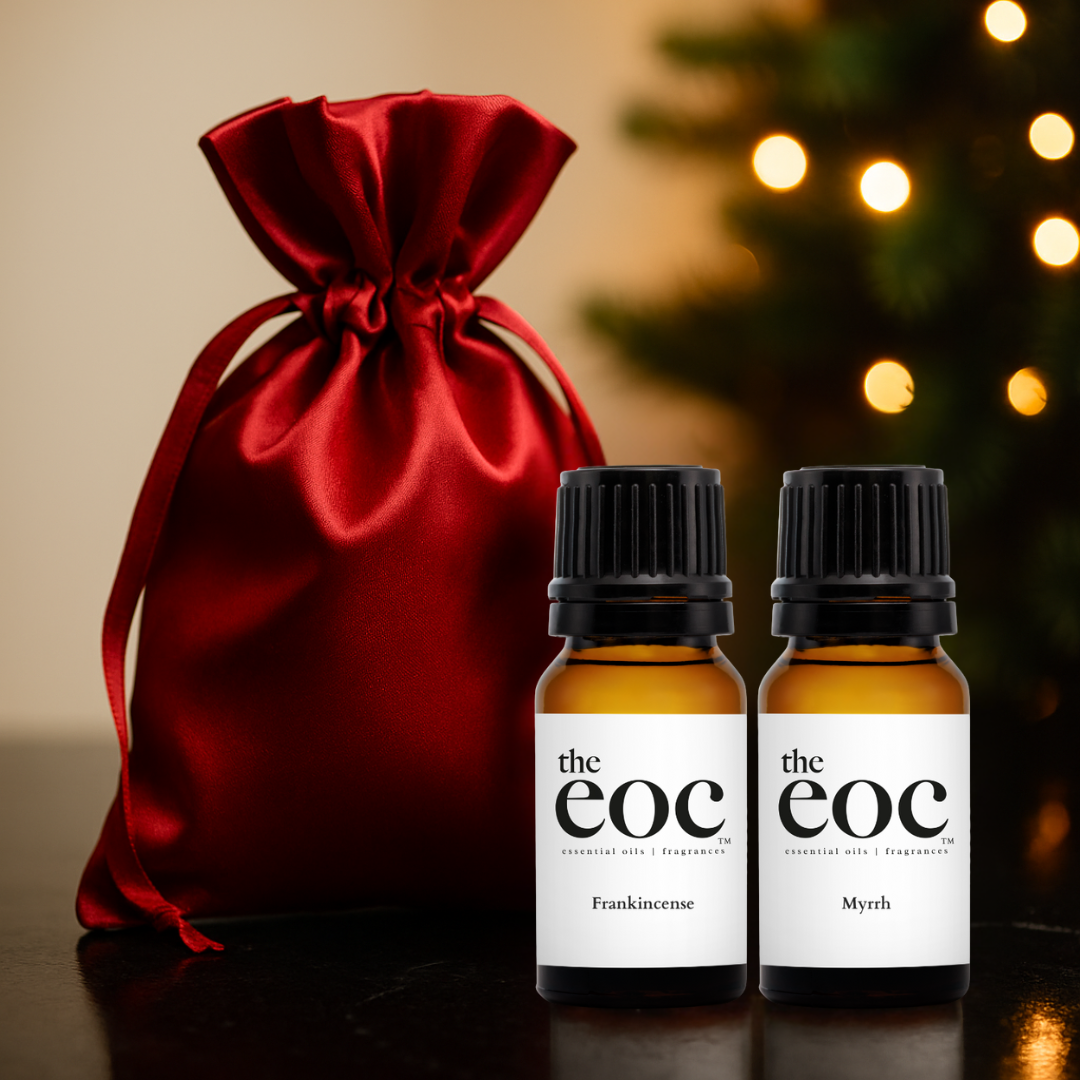Plant Details
Black Pepper (Piper nigrum) is a perennial flowering vine in the Piperaceae family. It is native to Indonesia and areas of southern India and is now grown commercially in China, Indonesia, Vietnam, Madagascar, Malaysia, and Brazil. Black Pepper plants thrive in moist, well-draining soil that is rich in organic matter and the vining plants grow on rough-barked trees in the wild. The woody vines can grow to around fifteen feet in height and the roots spread anywhere that the stems touch the ground. Black Pepper leaves are a simple almond shape and dark green in color. The leaves are two to three inches long with prominent veins, growing alternately along the vine. The flowers of the Black Pepper plant are small and yellow-green to pale yellow in color, growing in clusters of about fifty on the spikes. The flower spikes sprout near the leaf nodes, initially growing from one to three inches and lengthening to three to six inches as the fruit matures. Following the Black Pepper flowers, small round berry-like fruits called drupes appear on the plant. The drupes are around one centimeter in diameter and grow in clusters on the spike, each enclosing a single seed. Black Pepper drupes transition from bright green to red as they ripen though only the dried unripe fruits are considered black pepper. White pepper is made from the dried ripe fruits. Cultivated Black Pepper plants can reliably bear fruit at four or five years old and will continue to fruit for around seven years.
History
The name Black Pepper is derived from the Latin word “piper” and the Old English word “pipor” as well as the Sanskrit word “pippali” which means long pepper. In Ancient Greece, the possession of Black Pepper or Black Pepper Oil became a symbol of power and wealth. The spice was not only used as a currency but also to gain political and social leverage. Hippocrates is said to have written of the virtues of Black Pepper Essential Oil as a medicinal ingredient and favored those applications over its use as a spice. The Ancient Romans were found to have used single peppercorns were used to pay dowries, rent, and taxes. Black pepper was used in Europe during the Middle Ages to help preserve meats as well as to cover odors and it was an important good in the spice trade for centuries. Major cities such as Florence and Venice relied heavily on the trade of Black Pepper for economic success during this time. Wild Black Pepper plants grow in the Western Ghats region of India. The forests in that area contained expansive wild pepper vines into the nineteenth century. Scottish physician and botanist Francis Buchanan recorded evidence of this wild growth in his book A journey from Madras through the countries of Mysore, Canara, and Malabar (Volume III). Deforestation has decreased the wild population to limited patches from Goa to Kerala and the quality and yield of cultivated Black Pepper Essential Oil have improved meaning there are very limited amounts of wildcrafted oil on the market. Grafting of commercially cultivated plants onto wild plants has been attempted but no success has been achieved to date.
Extraction
Black Pepper fruits that are used for essential oil production must be harvested while the drupes are still green and unripe. The harvesting process will usually begin when one or two fruits at the base of the spike begin to turn red to ensure the fruits are fully mature but not yet ripe. The fruit-bearing spikes are collected from the plants whole and dried before the peppercorns are removed. After harvest, the Black Pepper fruits are sometimes briefly boiled before drying, a process that ruptures the cell walls of the fruit and helps them to dry more quickly. The fruits are then dried by machine or in the sun for several days. During this time the skin will shrink and wrinkle around the seed, darkening to a black color over several days. Once the unripe fruits are dry, they are now referred to as black peppercorns. The peppercorns are then crushed before distillation to maximize extraction. Black Pepper Essential Oil is extracted from the dried, crushed unripe fruit of the plant through steam distillation. The resulting essential oil is thin and clear to yellow with a dry warm and spicy aroma.
Benefits & Uses
When used in aromatherapy, Black Pepper Essential Oil is believed to both soothe and invigorate the mind. It has been found to ease feelings of stress, nervousness, and negativity to help combat the onset of anxiety and depression. Black Pepper is thought to balance emotions and encourage self-awareness for a grounded state of mind. Black Pepper Essential Oil is known to stimulate brain function and boost mental energy for improved alertness and motivation. It may help to strengthen critical thinking processes and enhance focus. Black Pepper Essential Oil may also help to soothe the respiratory system when diffused and inhaled. It has been found to ease coughs and break up congestion for easy breathing.
Diluted and used topically, Black Pepper Essential Oil has a warming sensation that may help to ease discomfort throughout the body. It is believed to help reduce pain in the muscles and joints while also working to alleviate stiffness for improved movement. Black Pepper is known to help provide relief for arthritis and rheumatoid conditions. The warming sensation of the oil has been found to increase circulation to muscles, helping to ready the body before exercise and improve muscle tone. Black Pepper Essential Oil may help to stimulate appetite, soothe digestive discomfort, and support healthy digestion when applied topically to the abdomen.
Used in perfumery, Black Pepper Essential Oil acts as a middle note that blends well with citrus, spices, and many other essential oils. It is used to add warmth and depth to a fragrance while working to marry together lighter top notes and heavy base notes.
Here are some recipes using Black Pepper Essential Oil that we love…

Peaceful Thoughts Diffuser Blend
Ingredients
- 4 drops of Black Pepper Essential Oil
- 4 drops of Lavender Essential Oil
- 2 drops of Vetiver Essential Oil
Instructions
Add water to your diffuser up to the fill line. Add drops of the essential oil blend. This diffuser blend recipe is formulated for a 200ml ultrasonic diffuser. Adjust the amount according to the size and directions of your diffuser.

Quick Recovery Massage Oil
Ingredients
- 2 oz Amber Bottle with Dropper Top
- 1 oz of Sweet Almond Oil
- 1 oz of Jojoba Oil
- 20 drops of Black Pepper Essential Oil
- 10 drops of Ylang Ylang Essential Oil
- 10 drops of Oregano Essential Oil
Instructions
Add ingredients to the bottle and shake to combine. Add a few drops to the palms and gently massage into sore muscles and joints.

Awaken the Mind Shower Steamers
Ingredients
- Witch Hazel Extract in a Misting Spray Bottle
- Hard Plastic or Metal Molds
- 1 cup of Citric Acid
- 2 cups of Baking Soda
- 10 drops of Black Pepper Essential Oil
- 10 drops of Cedarwood Essential Oil
- 5 drops of Peppermint Essential Oil
Instructions
Combine all the ingredients in a bowl and mix well using your hands. Spritz a small amount of witch hazel onto the top of the powder mixture and stir it in. Repeat this process until the mixture packs together easily with a texture similar to wet sand. Scoop the mixture into each mold one at a time and pack them down tightly. Allow them to dry for at least 24 hours. To use, take 1 shower steamer into the shower and wet it under the stream of water. Place the steamer at the far end of the bath/shower stall away from the direct flow of water to help it last longer.

Critical Focus Room Spray
Ingredients
- 4 oz Amber Glass Bottle with Spray Top
- 2 oz of High Percentage Alcohol
- 2 oz of Distilled Water
- 10 drops of Black Pepper Essential Oil
- 10 drops of Rosemary Essential Oil
- 5 drops of Frankincense Essential Oil
Instructions
Add 2 ounces of high-percentage alcohol to the bottle. Add the essential oils and fill the remainder of the bottle with water, leaving a little space at the top. Shake well before each use. Spray around the room before work or study for a brain boost.

Tummy Soother Roll On
Ingredients
- 10 ml Amber Glass Roll-On Bottle
- 1/3 oz of Fractionated Coconut Oil
- 4 drops of Black Pepper Essential Oil
- 3 drops of Lemon Essential Oil
- 3 drops of Lavender Essential Oil
Instructions
Add the essential oils to the bottle. Fill the rest of the bottle to the top with fractionated coconut oil. Replace the rollerball and cap, gently shake, and roll across your skin.










